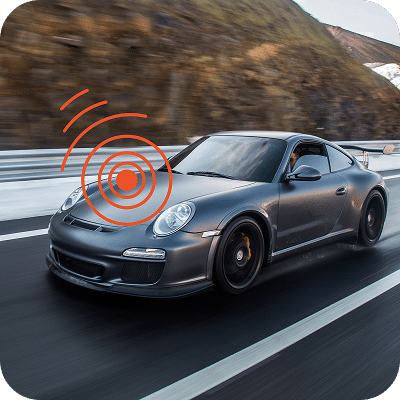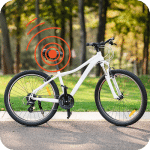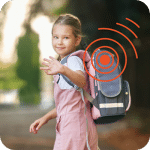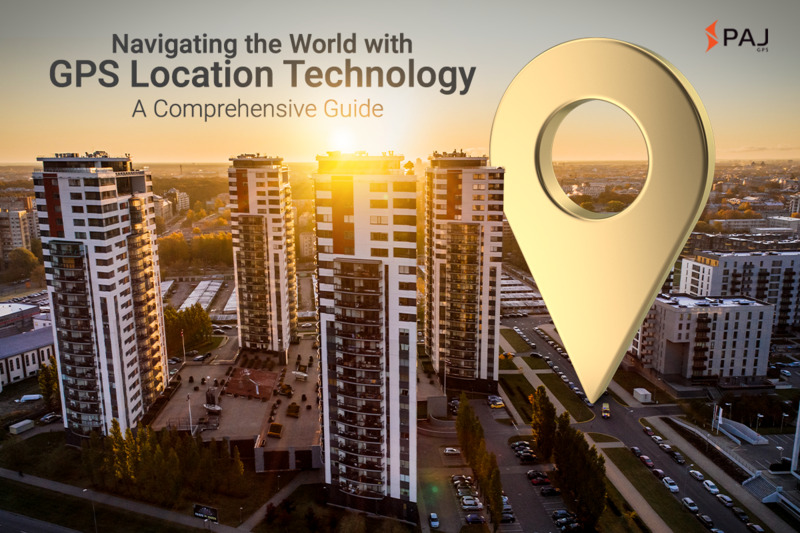Navigating the World with GPS Location Technology
Thanks to GPS technology, the world is becoming more interconnected than ever before. The way we navigate, communicate, and interact with the world around us has totally changed as it has become more easy thanks to development in GPS technology. Lets take a deep dive into world of GPS technology, lets learn more about who Invented GPS, its history, functionality, applications, and the impact it has had on various industries.
Who invented GPS
We cannot attribute the invention of GPS to one person alone; it has been the culmination of efforts from numerous visionaries over decades. This complex project involved many scientists, engineers, and military personnel from the United States Department of Defense.
However, we still have to mention a few people who were crucial in the invention of GPS technology.
Ivan Getting first conceived the idea of a satellite-based navigation system in the 1950s.
Roger L. Easton was the team lead of the Naval Research Laboratory that discovered the timation satellite system, a precursor to GPS. And is often credited as the primary architect and inventor of GPS.
Bradford Parkinson headed the NAVSTAR GPS Joint Program Office and is often referred to as the ‘father of GPS.’
James Spilker is recognized for designing the GPS civil signal and making other significant contributions to the system development.
Introduction to GPS Location
In 1973, the US Department of Defense began a GPS project designed for military purposes. The first prototype spacecraft was launched in 1978, and by 1993, a full constellation of 24 satellites that orbit the Earth and transmit precise signals, allowing GPS receivers to calculate their exact location anywhere on the planet, became operational. Even though it was initially intended for military purposes, with time, its benefits are now available to normal people.
How GPS works
Because GPS satellites broadcast signals, a technique called trilateration is used to accurately pinpoint precise locations. In this method, the distance from multiple satellites is taken to determine the receiver’s position. The GPS receiver combines different distance measurements from each satellite with the time taken for signals to reach the receiver and pinpoint the precise location.
GPS Applications
- Path finding: The most common use of GPS is for navigation. From smartphones to fleet navigation systems, GPS technology is helping us find our way around the world. Getting lost is now a thing of the past with real-time location tracking and turn-by-turn direction assistance. It has also helped in transport and logistic services as it heavily relies on optimizing routes, and tracking shipments GPS location technology has improved efficiency and reduced costs in the transportation sector significantly.
- Emergency Support: GPS can help you during an emergency such as a natural disaster or other life-at-risk situations. Send your precise location with GPS on the phone to officials to quickly locate your position and ensure fast assistance.
- Agriculture: With GPS technology, farmers can create farm maps with acreage field areas and navigate to specific locations in the field every year. By creating farm maps using GPS, farmers can easily apply fertilizers and manures to only those areas that are needed.
- Survey Mapping: Areas such as construction projects, urban planning, and land management have been transformed using accurate geospatial data. Surveying and mapping of data has become easy and accurate, and in return, sustainable development has improved.
- Health and Fitness: GPS technology has completely revolutionized how we view fitness. With GPS-enabled fitness devices such as smartphones and watches, we can easily track outdoor activities such as running, cycling, and hiking.
Impact of GPS on Society
The integration of GPS location technology into our daily lives has had a profound impact. They have helped in increasing the connectivity between people and places, thereby making communication easier. They have also increased the safety and security of the user. Furthermore, they have had an enormous impact on the economic growth of the agriculture, transportation, and logistic sectors. By helping the agriculture sector, they have also helped in reducing resource wastage.
Future of GPS Location Technology
GPS technology has advanced over the years from being exclusively used for military purposes to becoming widely accessible and used by ordinary individuals. The future seems bright for GPS technology, as there are ongoing developments in satellite technology and signal processing that will provide even more accurate location data. Even efforts are made to extend GPS capability indoors, such as shopping malls, airports, and other large indoor spaces such as grounds.
Integration with emerging technologies such as augmented reality, virtual reality, and autonomous vehicles to enhance their capabilities.













